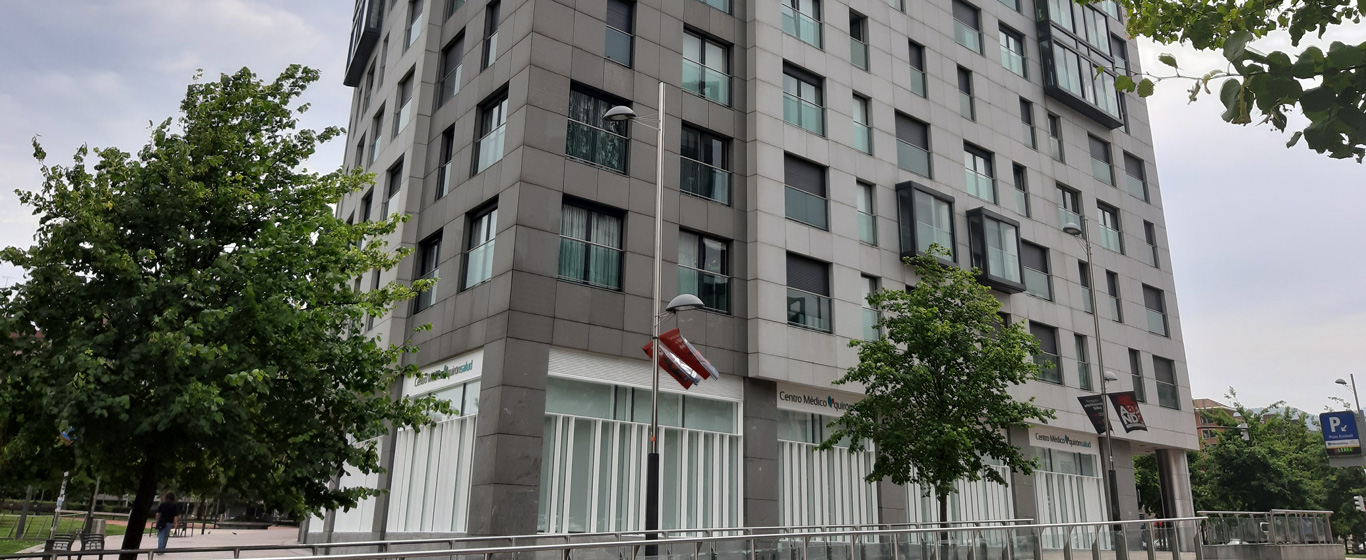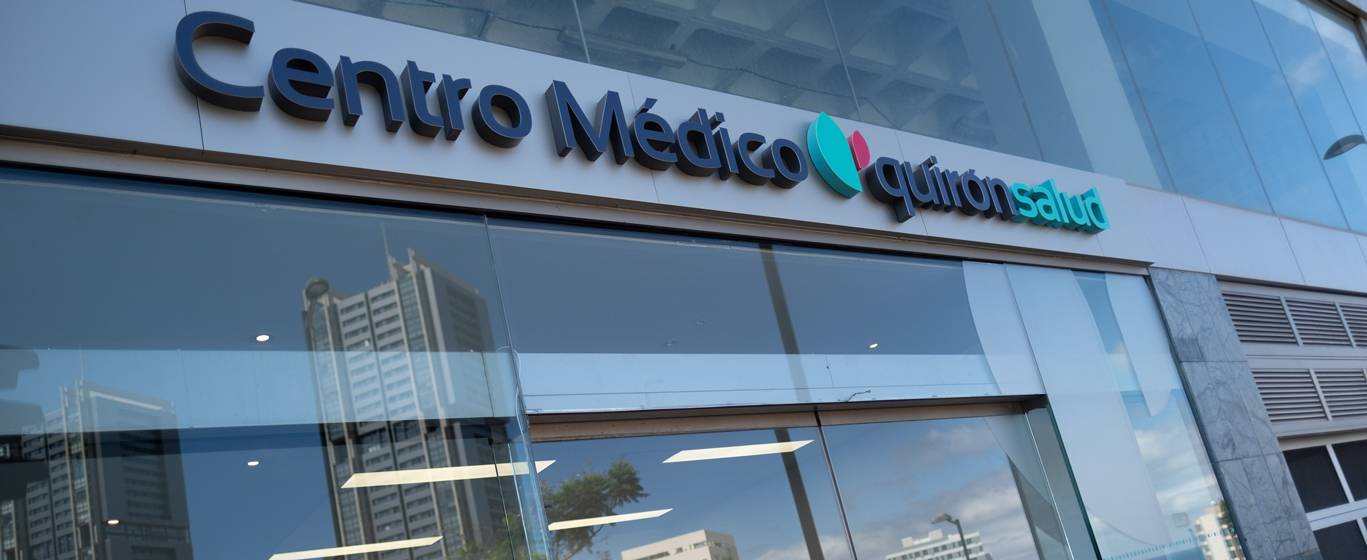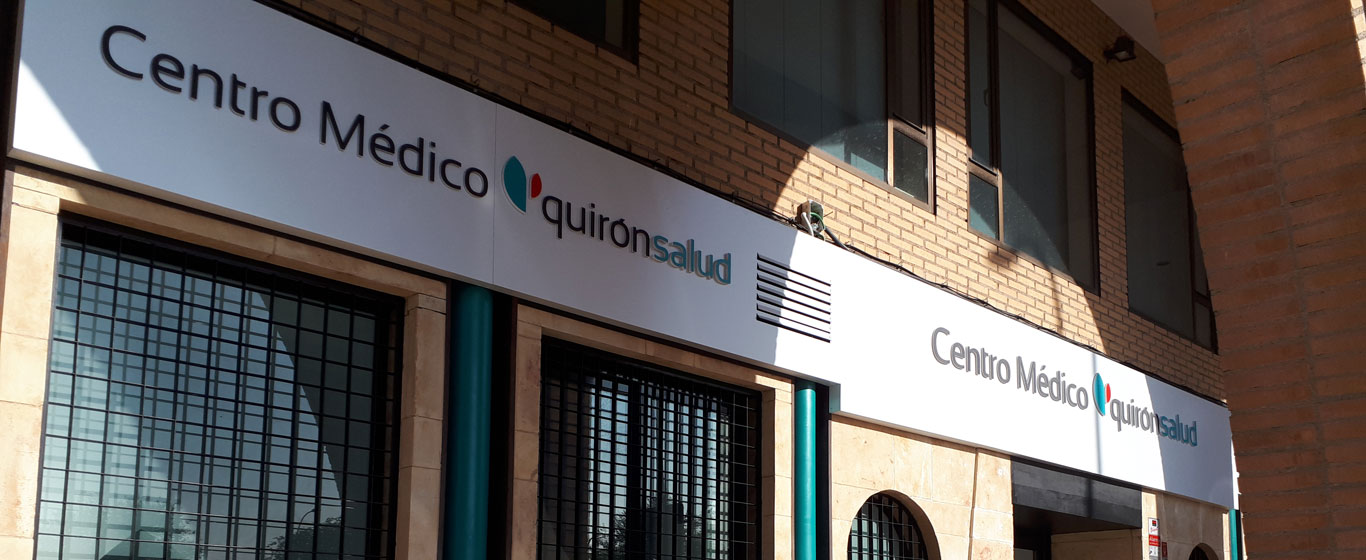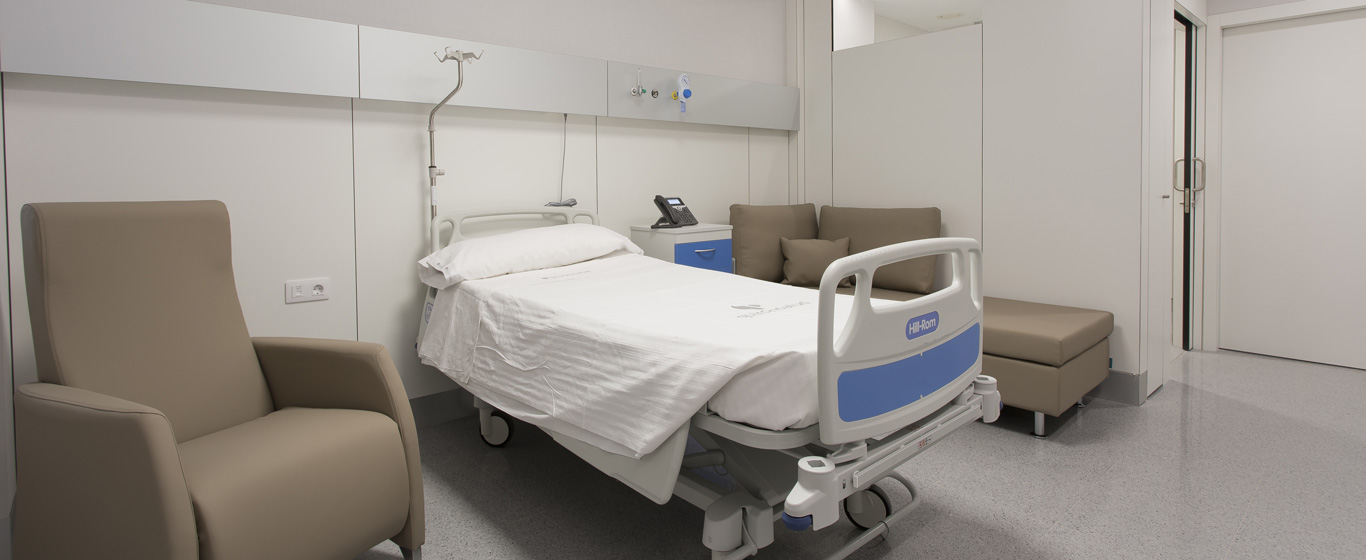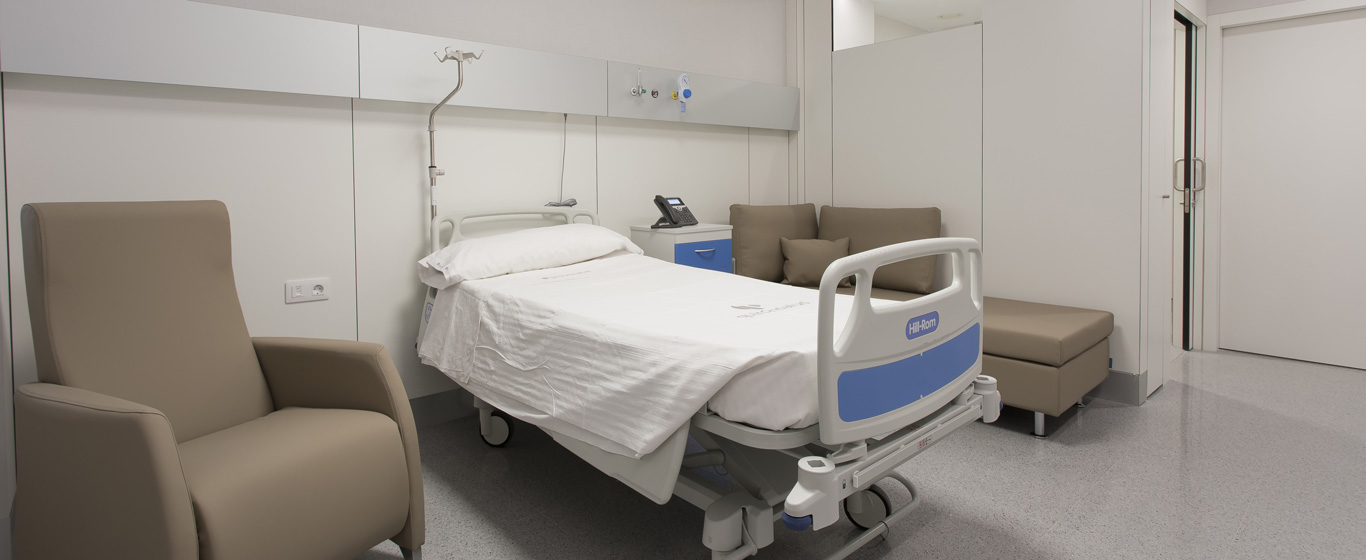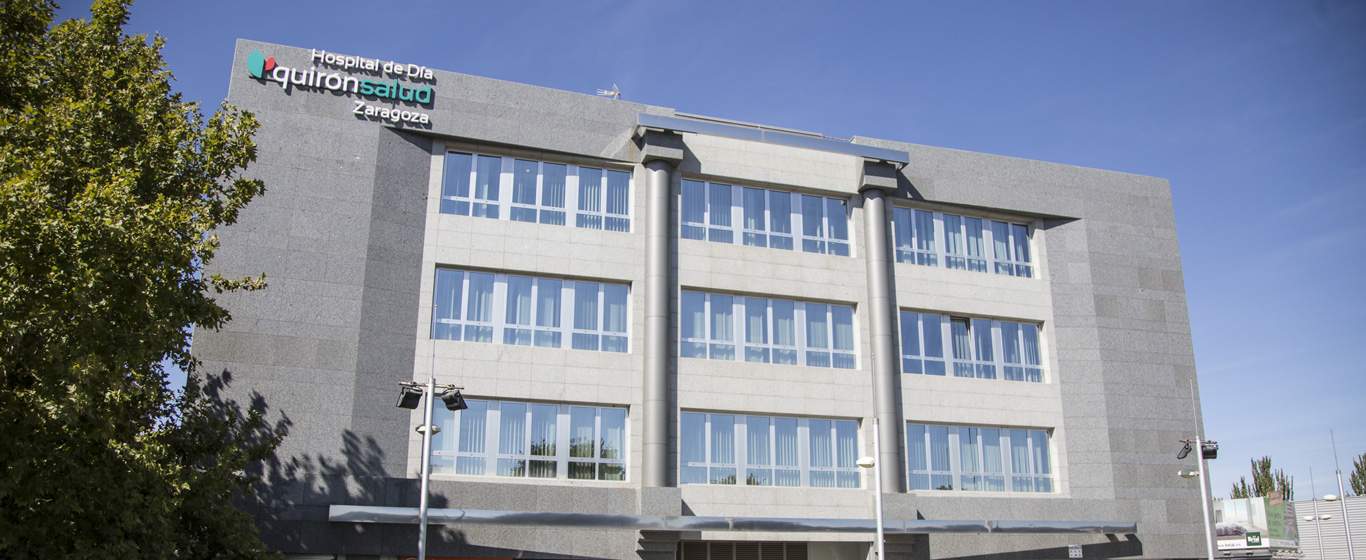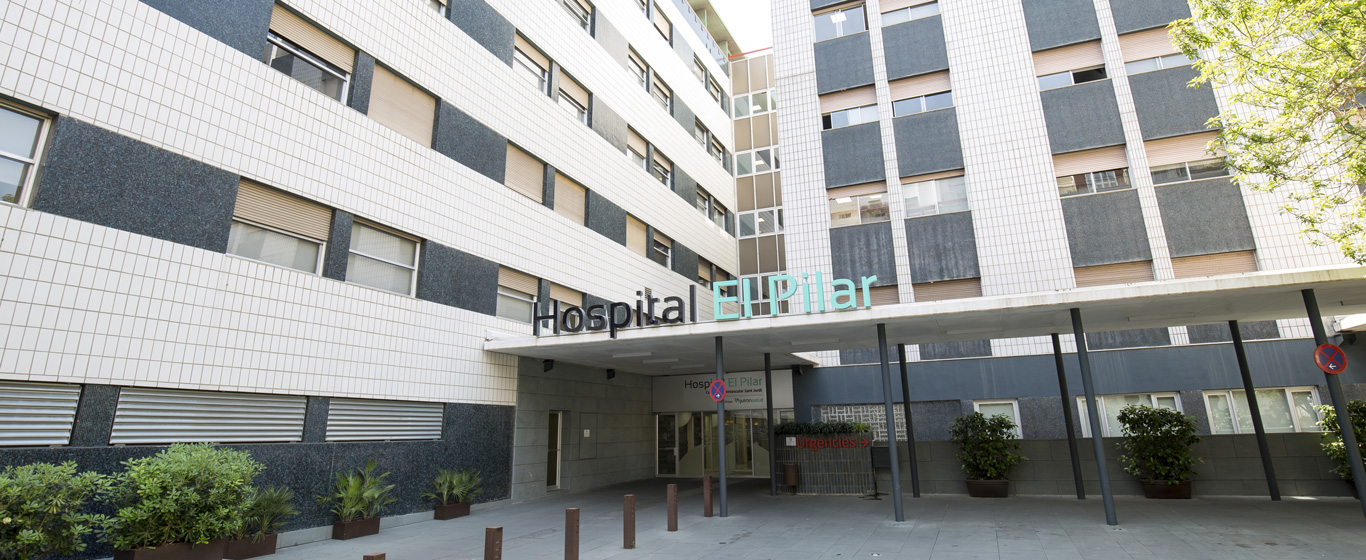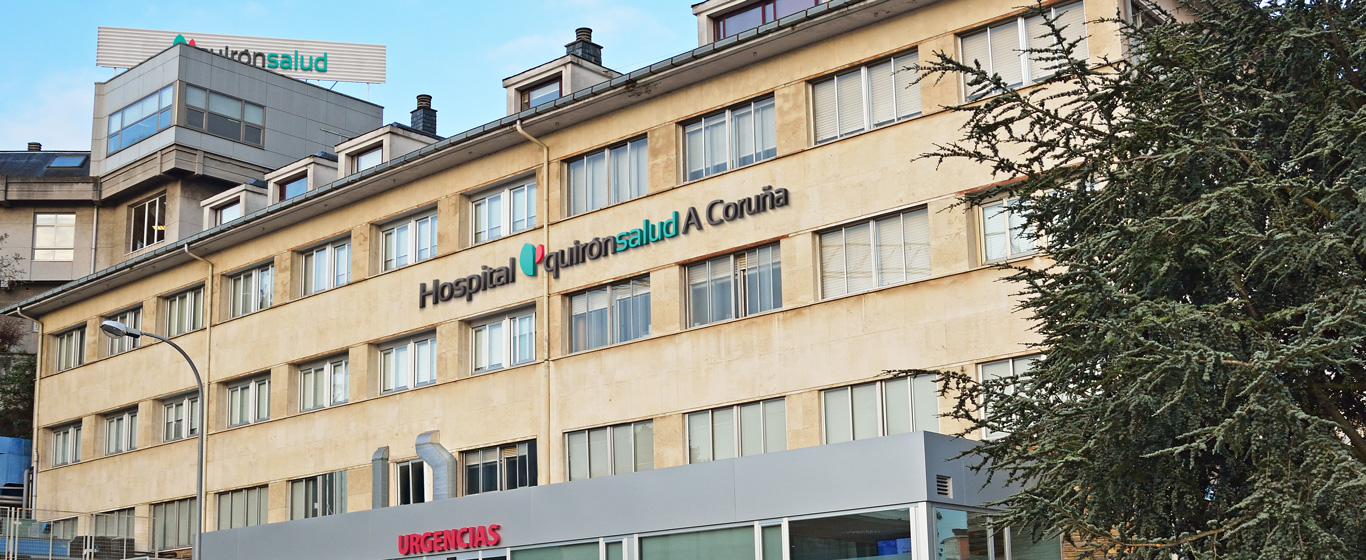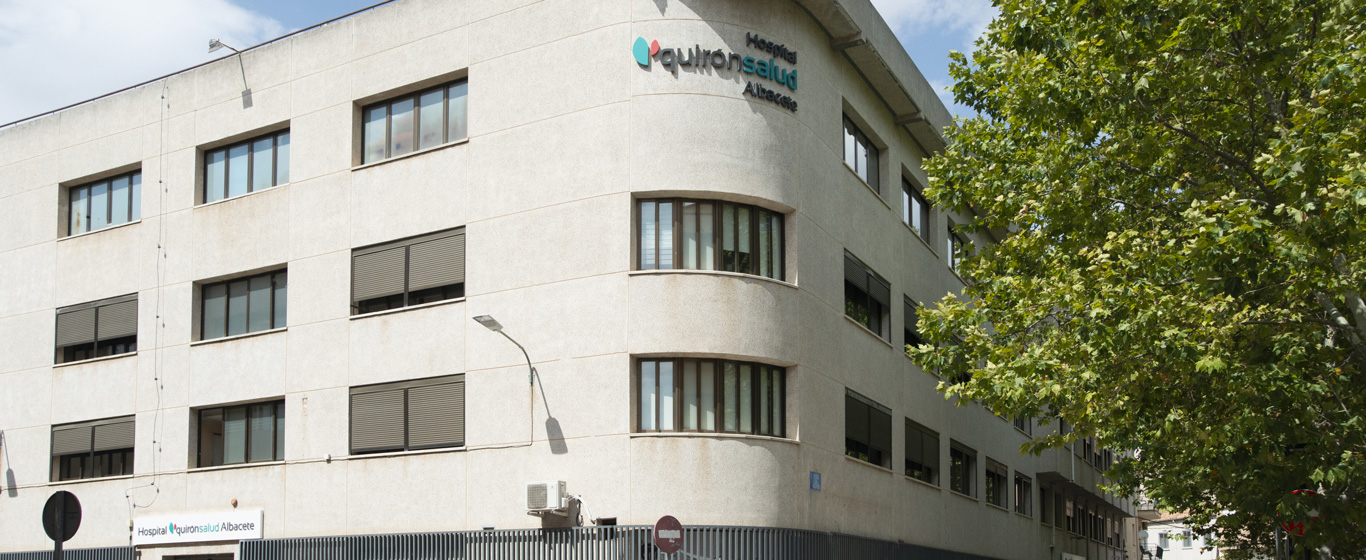Flow Cytometry
Flow cytometry provides information about the characteristics and quantity of live blood cells. It is a procedure in which a blood sample is analyzed, allowing for the diagnosis of tumors or cellular abnormalities.

General Description
Flow cytometry (FCM) is a laboratory technique used to determine the number, characteristics, and percentage of live cells in blood, bone marrow, or other tissue samples. Technological advancements enable the analysis of a large number of cells within minutes.
This procedure is also useful for detecting diseases or tumor markers and is widely used in the differential diagnosis of malignant blood disorders.
In addition to being one of the most commonly used routine tests for assessing a patient’s overall health status or monitoring the progression of various diseases, flow cytometry is applied in research fields such as cell biology, toxicology, and microbiology.
When Is It Indicated?
In addition to contributing to the study of the human genome and the identification of intracellular molecules, flow cytometry is used to diagnose leukemia, multiple myeloma, AIDS, HIV, eosinophilic pneumonia, and various lymphoproliferative syndromes that cause an excessive number of lymphocytes (a type of white blood cell).
Flow cytometry is also a valuable tool for detecting antibiotic sensitivity and determining an individual’s karyotype. In hematology, this procedure is used for cell counting and analyzing the types and quantity of white blood cells present in the blood.
How Is It Performed?
First, the necessary samples are collected for the study. Typically, this involves a blood draw from a vein in the arm, a lumbar puncture to obtain bone marrow, or a biopsy to retrieve a tissue sample.
Once in the laboratory, the samples are placed in a test tube, and a photosensitive dye is added. They are then introduced into the flow cytometer, where they are exposed to a focused laser beam. To ensure precise results, the cells must be in a suspension where they are aligned and pass one by one through the light beam. Each cell emits a fluorescent signal, which is collected and digitized for further interpretation.
The study considers several parameters:
- Forward light scatter: Helps determine the size of the cell.
- Side scatter (at a 90-degree angle): Proportional to the complexity of the cell, indicating the number of internal structures it contains.
- Fluorescence intensity: Indicates the amount of DNA (deoxyribonucleic acid) and RNA (ribonucleic acid) present in the cell.
Risks
There are no health risks associated with flow cytometry.
Any side effects, if they occur, are related to the sample collection method. After a blood draw, some individuals may experience fainting or bruising at the puncture site. Following a lumbar puncture to obtain bone marrow, headaches, vomiting, or dizziness may occur.
What to Expect from a Flow Cytometry Test
The patient’s experience with flow cytometry is limited to the sample collection process, which varies depending on the method used:
- Blood sample: The patient remains seated or slightly reclined on an examination table with the arm extended. A slight pain may be felt at the moment of the needle prick, which disappears almost immediately. Drinking plenty of fluids in the following hours is recommended to help the body replenish lost fluid.
- Bone marrow sample: Usually obtained through a lumbar puncture. The patient sits on an examination table with the body slightly leaning forward and the chin tucked toward the chest. Local anesthesia prevents pain, but pressure is felt when the needle is inserted.
- Biopsy: If a tissue sample is required, the procedure may be of two main types:
- Excision: The patient lies on an examination table in a position that facilitates the specialist’s work. Local or general anesthesia may be needed, depending on the location of the organ being examined, so no pain is felt. Relative rest may be necessary in the following days until stitches are removed.
- Aspiration: The procedure is similar to a lumbar puncture but is performed in other areas of the body, such as a lymph node.
All these procedures are outpatient, allowing the patient to return home once they are completed.
Laboratory results are typically available within 24 to 48 hours.
Specialties That Request Flow Cytometry
Flow cytometry is a procedure used in hematology, oncology, immunology, and pathology.
How to prepare
No special preparation is required for a flow cytometry test.
However, if a biopsy is needed to obtain a tissue sample, fasting may be necessary in cases where anesthesia will be administered.































